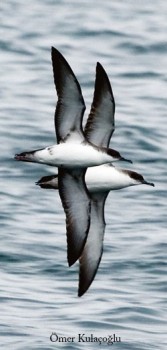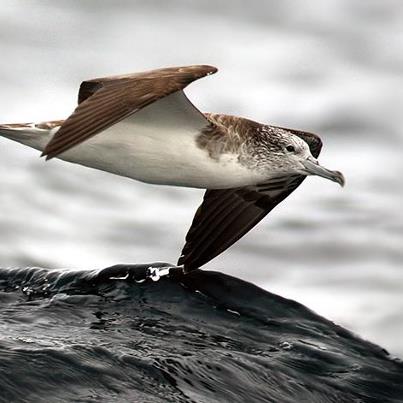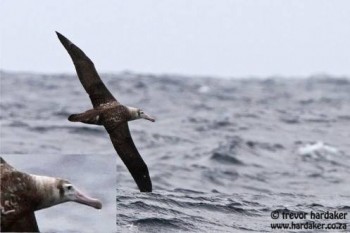North Foreland is an ice-free headland on the northern coast of King George Island, the largest of the South Shetland Islands off the Antarctic Peninsula. It forms the northernmost extremity of the island.
The headland has been identified as an Important Bird Area (IBA) with an area of 151 ha by BirdLife International for its large colony of c. 23 000 pairs of Chinstrap Penguins Pygoscelis antarctica.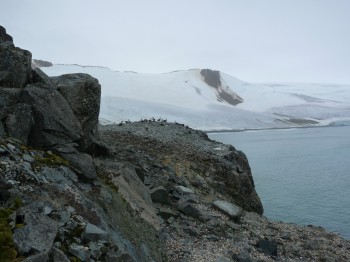
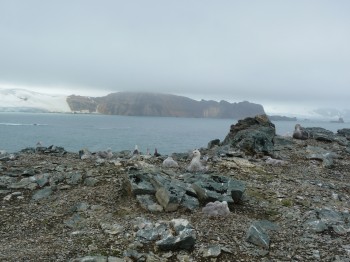
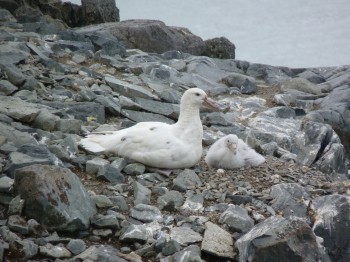
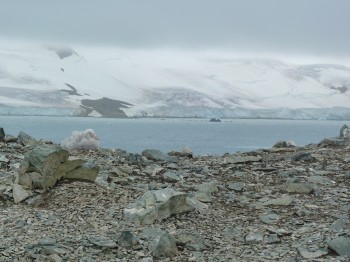
ACAP-listed Southern Giant Petrels Macronectes giganteus breed on the headland on rocky ice-free ground. A visit on 13 February 2012 by Tobias Guetter yielded a count of 279 nests thought to have been used in the current season and 128 chicks in 23 breeding groups (range 1-50 nests). Of these totals five nests with one chick were recorded as being on an island.
A total of 248 pairs was recorded in 1966, suggesting a level of stability for this Least Concern species.
With thanks to Christina Braun and Tobias Guetter, both of the University of Jena, Germany, for information and photographs.
Selected Literature:
Patterson, D.L., Woehler, E.J., Croxall, J.P., Cooper, J., Poncet, S., Peter, H.-U., Hunter, S. & Fraser, M.W. 2008. Breeding distribution and population status of the Northern Giant Petrel Macronectes halli and Southern Giant Petrel M. giganteus. Marine Ornithology 36: 115-124 and appendix.
Peter, H.-U., Kaiser, M. & Gebauer, A. 1991. Breeding ecology of the southern giant petrels Macronectes giganteus on King George Island (South Shetland Islands, Antarctic). Zoologisches Jahrbuch Systematik 118: 465-477.
John Cooper, ACAP Information Officer, 01 May 2014

 English
English  Français
Français  Español
Español 
